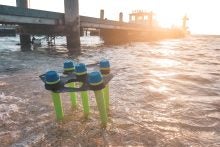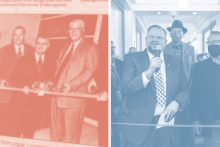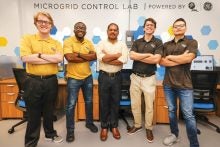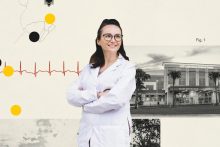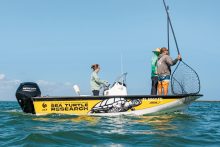
Patents are arguably one of the most tangible measures of innovation. As one of U.S. News & World Report’s top-ranked schools for innovation, UCF is also No. 25 among public universities in the nation for producing patents, according to the National Academy of Inventors and the Intellectual Property Owners Association’s most recent reports.
“Steady growth of UCF’s research base, inventions, patents and industry licensing partnerships feeds our economic ecosystem, which brings not only financial benefit to UCF but also solidifies our place as a top-tier research institution,” says Elizabeth Klonoff, vice president for Research and dean of the College of Graduate Studies. “Doing our part means we benefit the local community and the society at large by contributing to technological advancements that improve people’s lives and drive the economy.”
With 46 patents secured in 2020, here are just a few of the inventions and technologies developed at UCF.
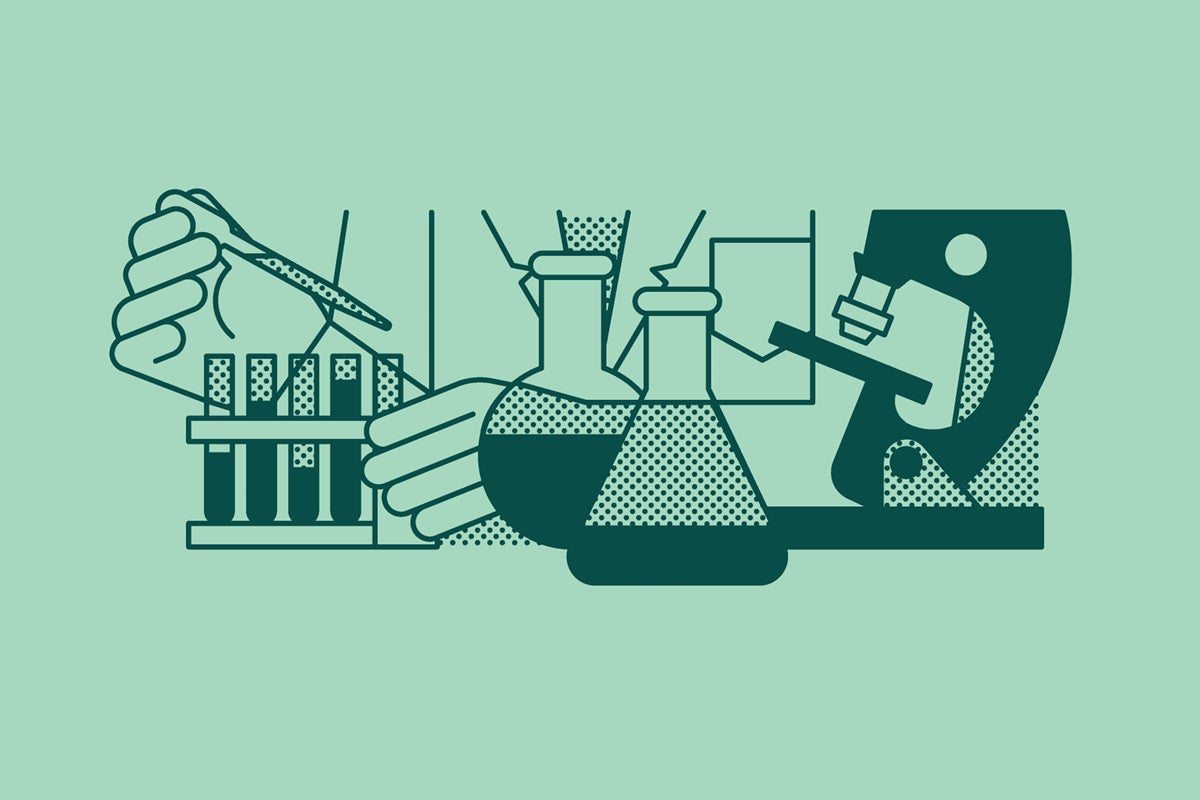
Drug Characterization for FDA
Lead researcher: Associate Professor Debashis Chanda, NanoScience Technology Center
Being able to see the molecular mirror images of drugs, proteins, DNA and other molecules — left versus right twisted — at low detection levels is crucial in the Food and Drug Administration’s approval process. This is because variations in molecular twists can cause toxic or severe side effects. Through a new method developed at UCF, these molecular mirror images can be detected at lower levels than conventional systems.
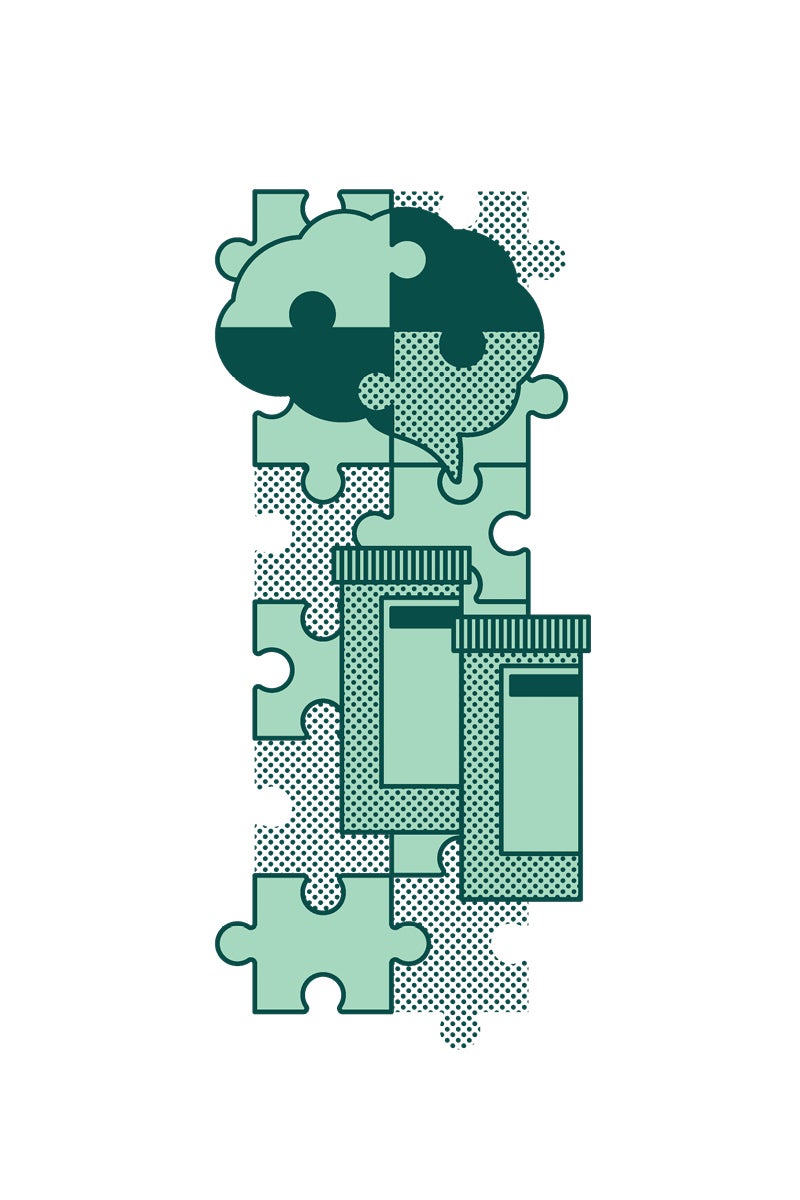
Combination Drug Treatment to Treat Neurological Disorders
Lead researcher: Professor of Medicine Kiminobu Sugaya
Neurodegenerative diseases, such as Alzheimer’s disease and Parkinson’s disease, are difficult to treat. A combination therapy related to a UCF invention has shown increased stem cells in the brain and new neuron productions, which improved performance in memory tasks in mice. The treatment uses the drug NBI-18, which increases endogenous neural stem cells, and phenserine, which reduces the production of toxic amyloid plaques in the brain.
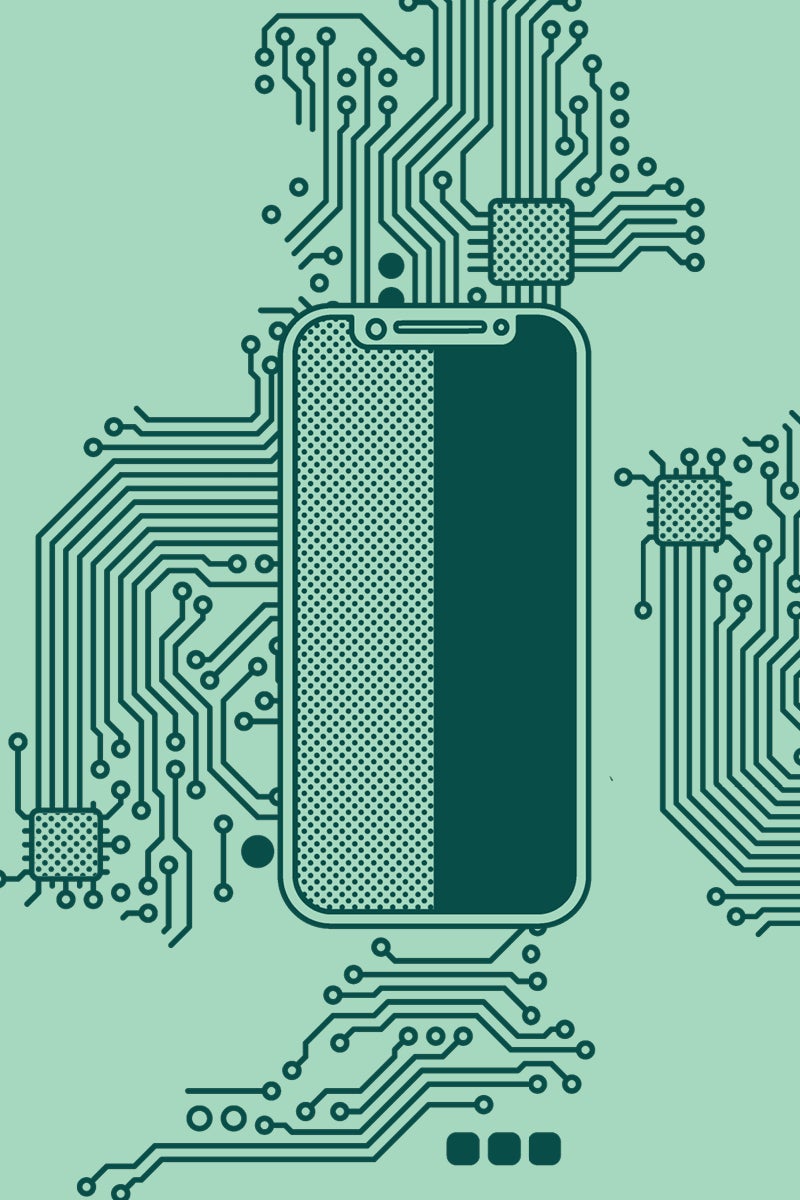
High-power Lasers
Lead researcher: Associate Professor Arkadiy Lyakh, NanoScience Technology Center
From imaging to defense, lasers serve a wide range of purposes. This invention relates to new quantum cascade lasers that provide the ultrahigh output power, brightness and beam quality needed for applications such as hyperspectral imaging, infrared illumination and military countermeasures that protect aircraft against shoulder-fired heat-seeking missiles.
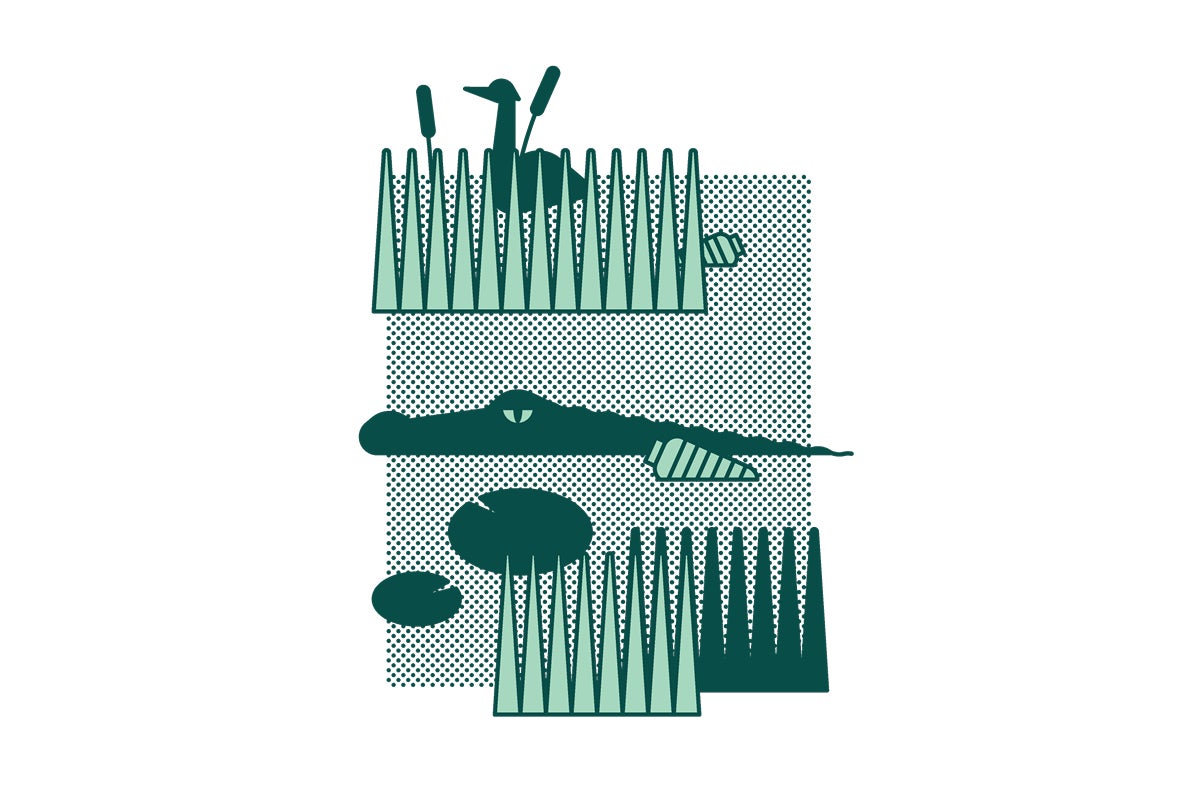
Contamination Tracking in Wetland Environments
Lead researcher: Professor Ni-Bin Chang, Department of Civil, Environmental and Construction Engineering
Tracking the movement of nutrients, metals, sediments and other contamination in slow-moving water is challenging. This cost-efficient system, which is equipped with wireless communication units, relates to two velocity-measuring devices to assess low-flow velocity and direction of water more accurately in both wetland environments and wells.
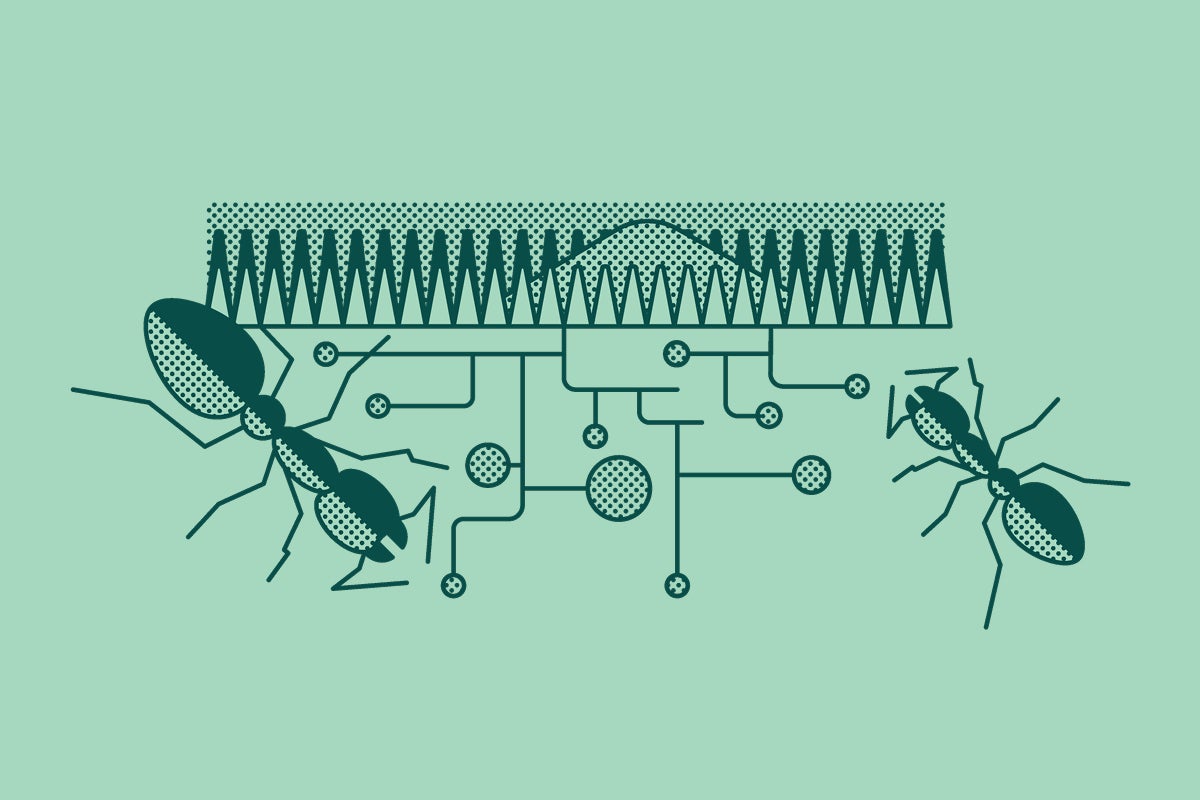
Eco-friendly Targeted Removal of Fire Ants
Lead researcher: Associate Professor of Biology Joshua King
Aiming to remove pests such as fire ants and termites without the use of pesticides, this hot-water system removes ground-dwelling insects. This system uses a wand connected to a water heating tank to apply large volumes of boiling water to a targeted area. The technology is especially useful for areas unsuitable for chemical baits or mound treatments, such as parks and wildlife preserves.




